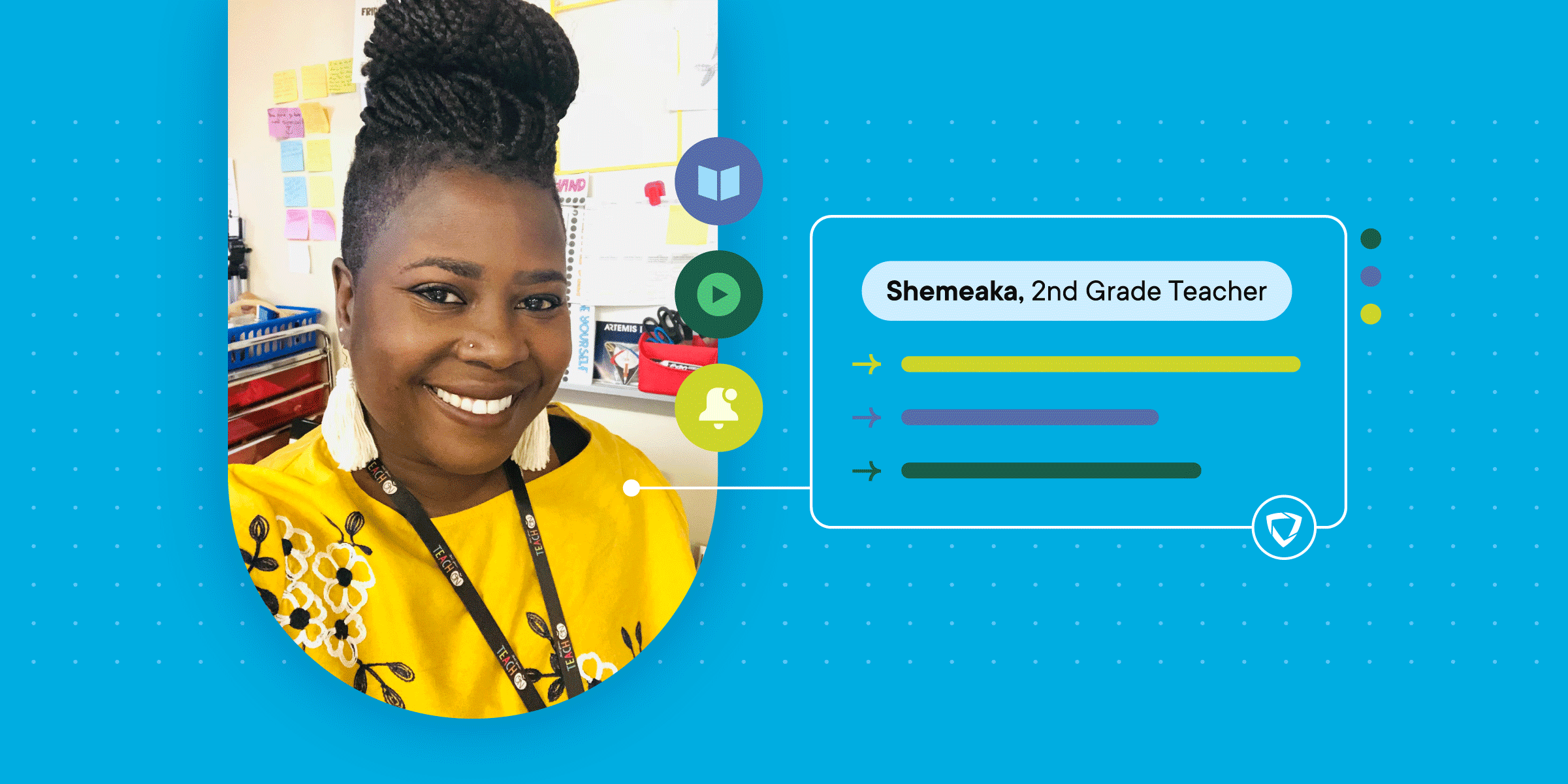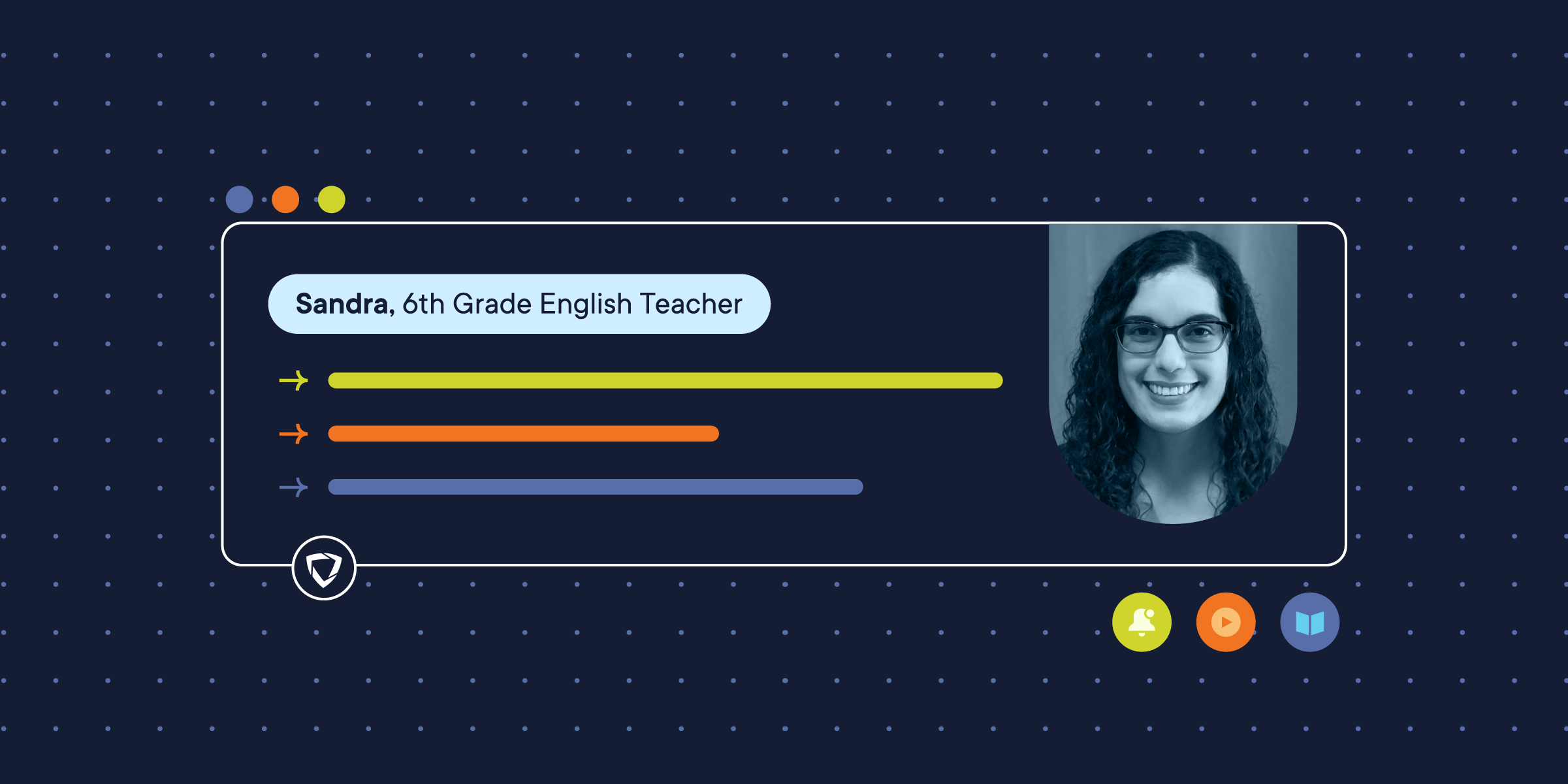
Reflections and insights gleaned from meeting with the American Association of Suicidology’s Youth Advisory Board.
Across American schools and campuses, there’s a rise of youth involvement with campus activism, philanthropy, and social causes—and mental health awareness is no exception. Recently, I had the opportunity to sit down with members of the American Association of Suicidology’s (AAS) Youth Advisory Board and to hear more about the impactful initiatives they’re working on to advance suicide prevention.
The American Association of Suicidology(AAS) is a pioneer in suicide prevention, and AAS has been a key partner to GoGuardian in our work to help prevent youth suicide nationwide. One of AAS’s flagship initiatives is the National Center for the Prevention of Youth Suicide (NCPYS)—which works to reduce the number of suicides and suicide attempts among young adults through disseminating the warning signs of suicide; and increasing the use of effective suicide prevention practices. NCPYS gives students who are passionate about mental health and suicide prevention the opportunity to support their peers and join the Youth Advisory Board (YAB) to provide input on current NCPYS projects.
Talking face-to-face with YAB members and student volunteers was nothing short of awe-inspiring. I was amazed by the projects YAB youth were undertaking—and by the YAB members themselves. Students’ ages ranged from 14-21, and they spanned the geography of the United States. The Youth Advisory Board members attended a wide range of schools including public, charter, and private schools. They were extremely knowledgeable and supportive of each other. Many volunteered at crisis call centers or served in mental health advocacy groups on their school campuses.
Through our discussion, I learned more about the projects that students were currently leading. I was unfortunately not surprised to discover many of the projects were aimed at reducing the number of deaths by suicide and incidences of suicidal behavior amongst their peers. According to the CDC, suicide is the second leading cause of death for youth between the ages of 10 and 34.
Many YAB projects aimed to combat the effects of suicide with inventive strategies for prevention. One student in Southern California filmed and produced a video that highlighted tactics for reaching out for help. The video is now shared at assemblies at the beginning of the school year.
Students also spoke directly about the helpful resources their schools provide to help identify warning signs. “Our school sends out a form a couple of times a year that asks whether or not they would like to meet with their counselor, yes, no, maybe,” shared one YAB member.
Among our talks, common themes emerged. I chatted with students about their expectations about privacy, how their schools monitored their devices, and the role of technology in suicide prevention. Many students recognized the severity of the youth suicide crisis and the necessity to address it through multi-layered approaches. For some, the need to protect fellow students outweighed other concerns. As one student stated, “I think that the school’s obligation to keep students safe rises above their privacy obligation.”
Throughout our conversations, I learned more about students’ views on accountability when it comes to preventing self-harm and suicide. Specifically, I spoke to students about their role, their parents’ role, and their school's role in leading suicide prevention activities, trainings, improving school climate, and in creating intervention programs. Some students had strong opinions about their school’s role. “If schools are worried about whether or not students are fed and getting good grades, then they absolutely should be concerned with their mental health, too,” one YAB Member pointed out adeptly.
“I wish my school would intervene more and take the initiative,” shared another student. Many YAB members emphasized the need to empower students to take action to support their own mental health. As peers who understand (perhaps better than anyone else) what their fellow students are going through, YAB members are uniquely positioned to be ambassadors for better mental health programs in schools. The students certainly inspired me and gave me hope for the future of suicide prevention in schools. We are so grateful for their service to their school communities and their dedication to this national issue facing our youth.
***
Learn more about the American Association of Suicidology
Join the conversation:
Find resources for suicide prevention in your district









